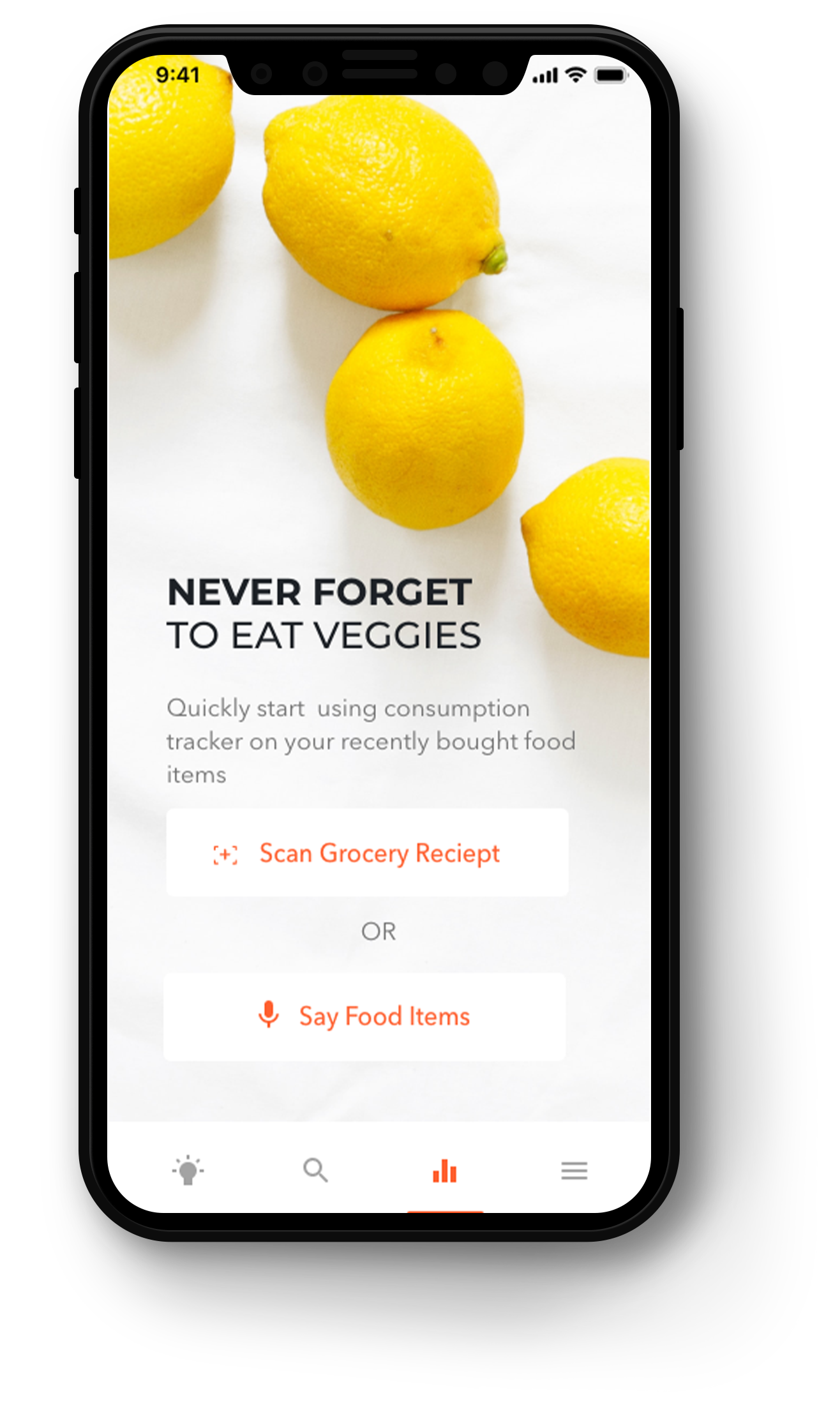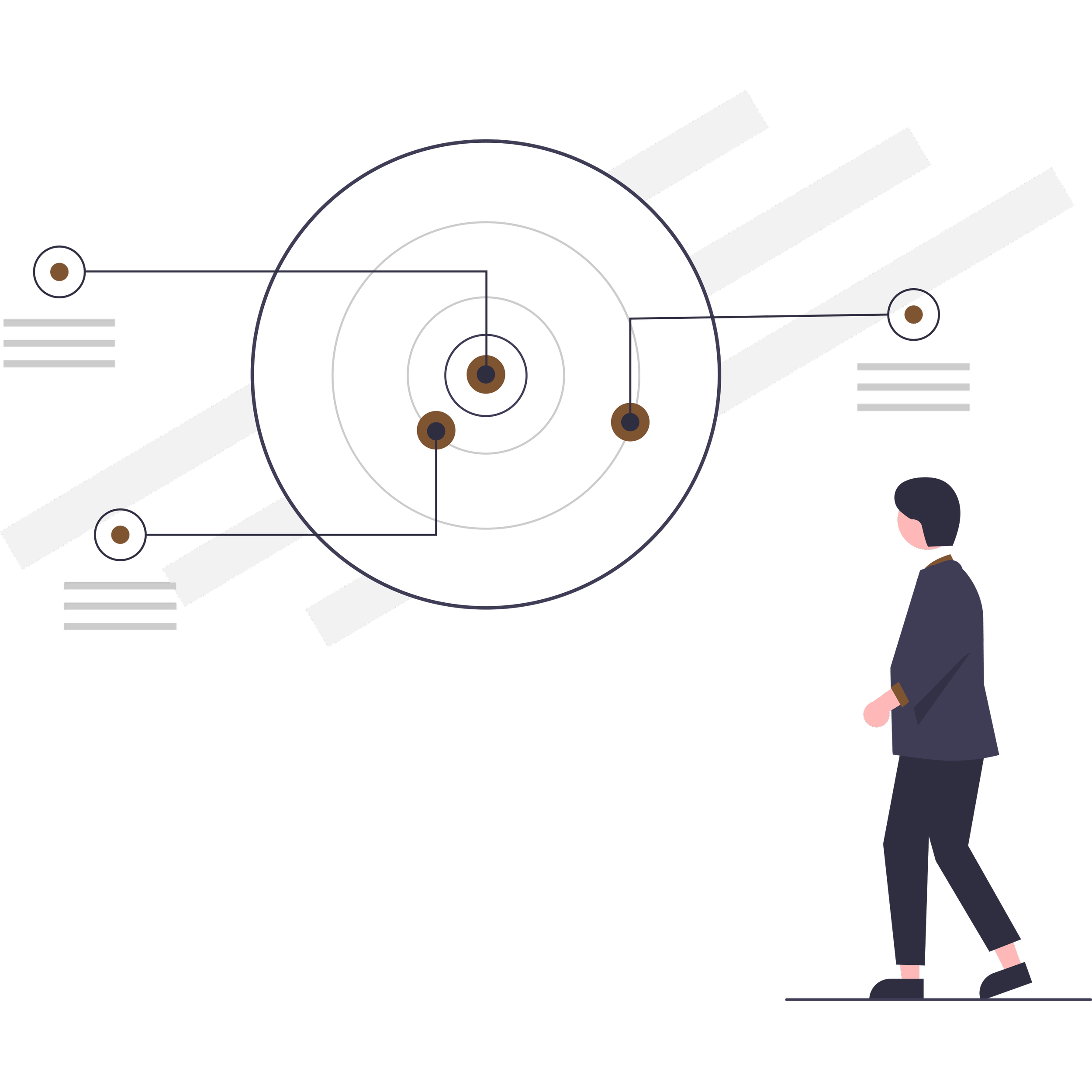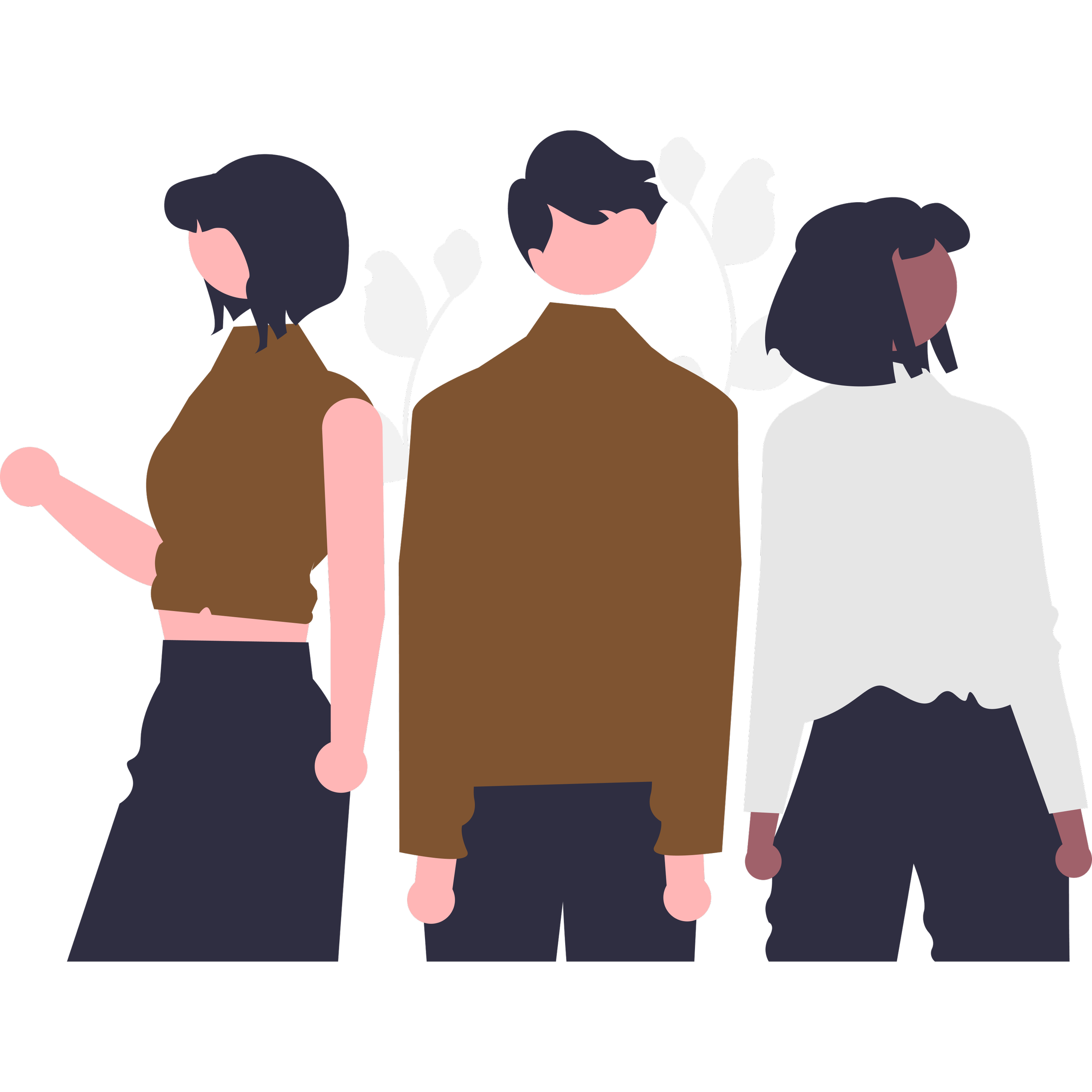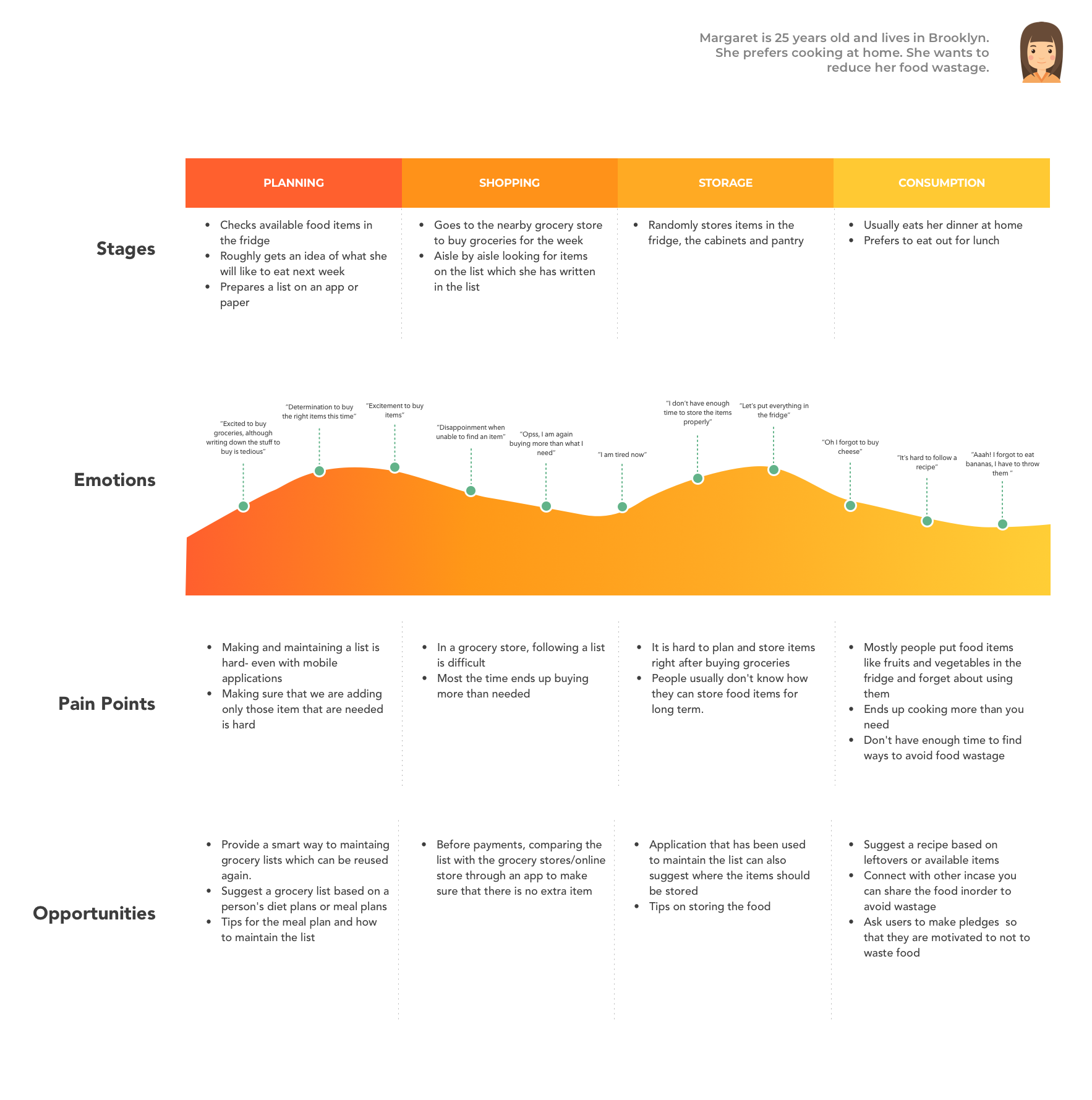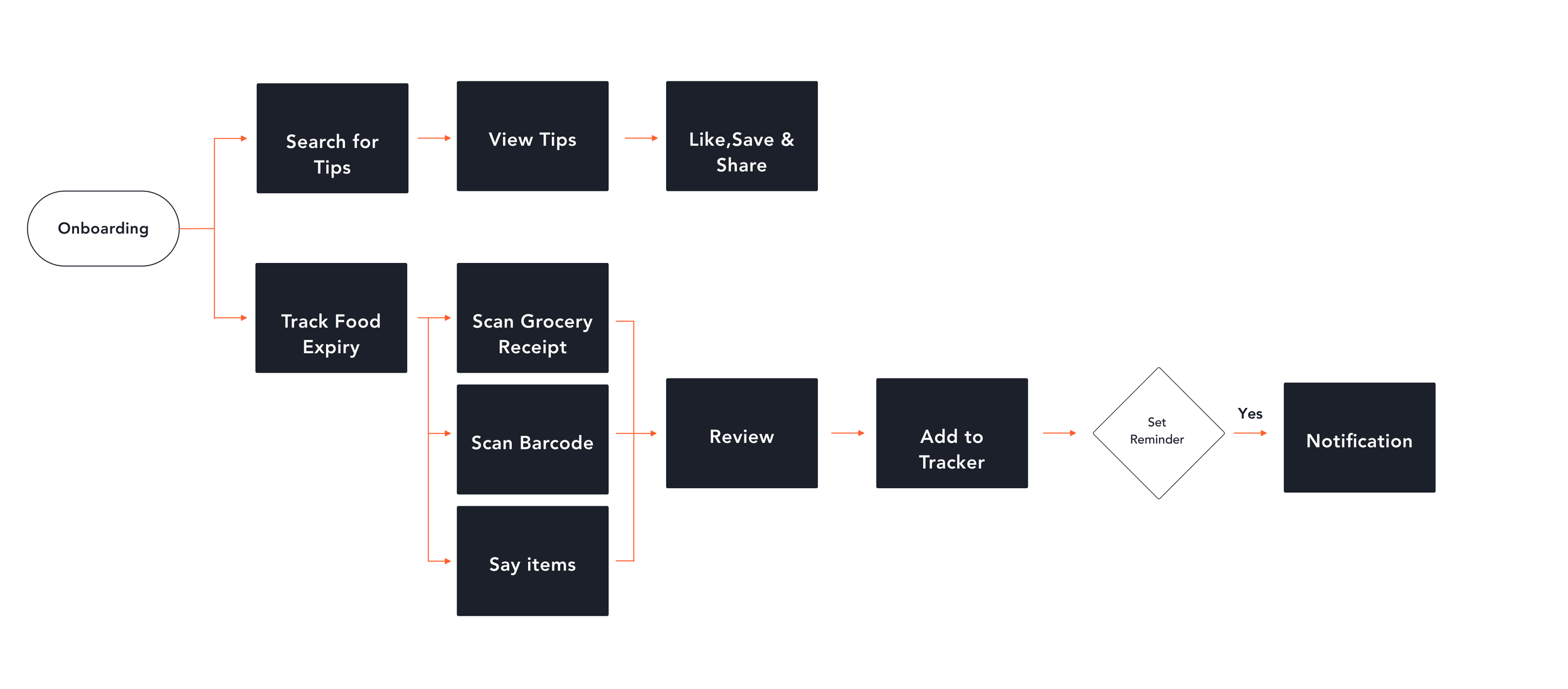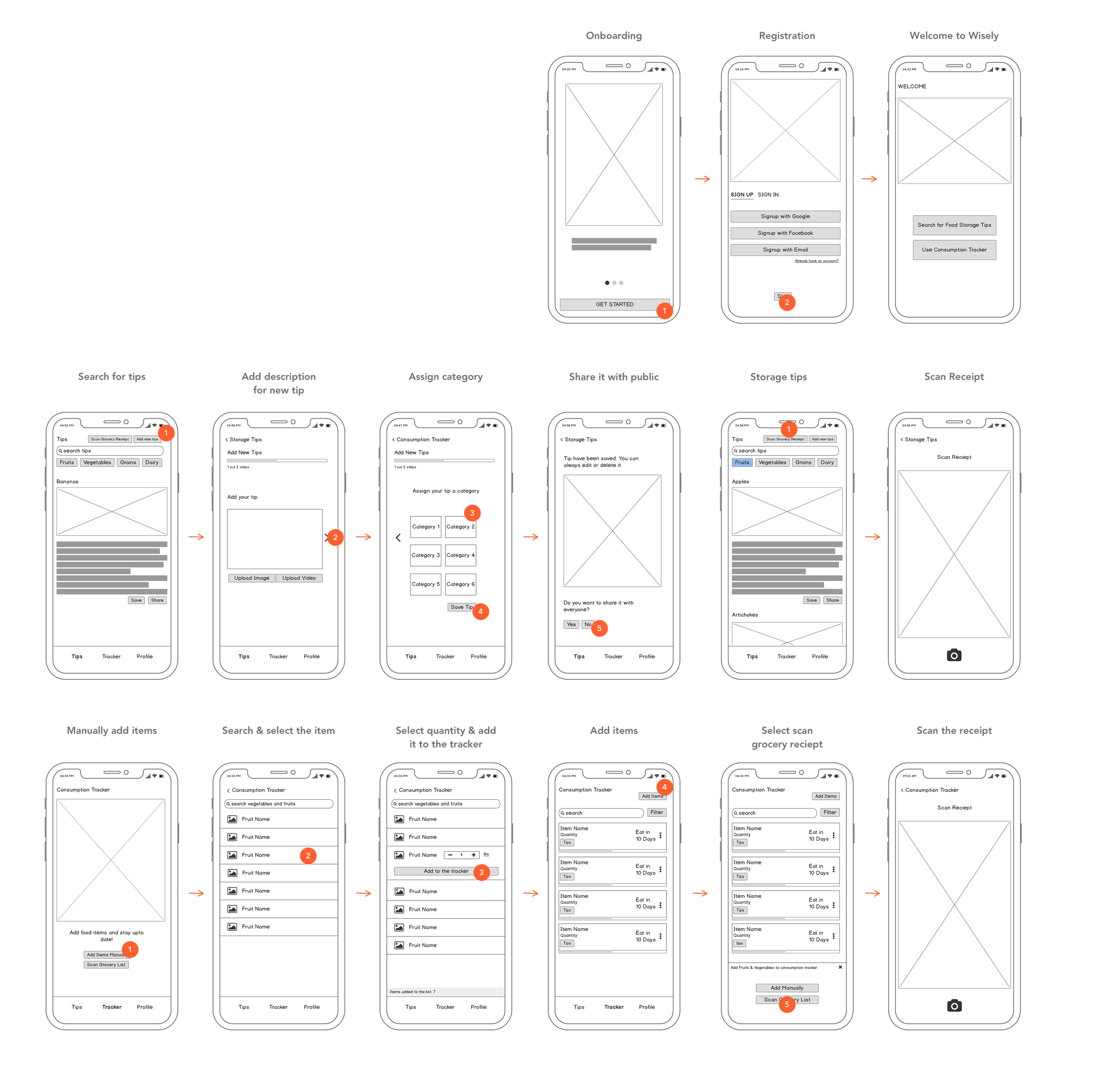
Wisely
An iOS mobile application that can help users reduce food waste by providing food storage tips.
01/ Overview
The Problem
Wisely is a mobile application that helps users reduce food waste. Wisely provides useful tips on food storage, and helps users keep track of their fruits & vegetables.
My Role
I conducted user research, led user interviews and ideation sessions, gathered insights, created journey maps and user flow diagrams, and created wireframes. Based on user testing, I ran multiple iterations and designed high-fidelity prototypes.
Timeline & the Process
02/ Research & Analysis
Goals
Discover the main reasons behind food waste
Find out if people understand the significance of this issue and want to solve it
Investigate methods people use to avoid food waste currently
Determine if people are looking for more effective solutions
Participants
5 participants
Face to face interviews
10-15 questions
2 Students, 3 Working Professionals
1 lives with family, 4 live in shared apartments
Key Findings
About two-thirds of food waste at home is due to improper storage, and thus, food goes bad before it's used.
People buy more food than they need. They refrigerate most of it and then forget about it.
Participants said that they feel bad when they have to throw away food. They are motivated to prevent waste, but their fast-paced lives don't allow them to actually find solutions.
Participants did not know which items to freeze, refrigerate, or store at room temperature to keep fresh for the longest.
Participants showed interest in reducing trash through recycling and compost, but don't seem to realize that compost is just another form of waste.
Journey Map
User Flow Diagram
03/ Design & Iterations







